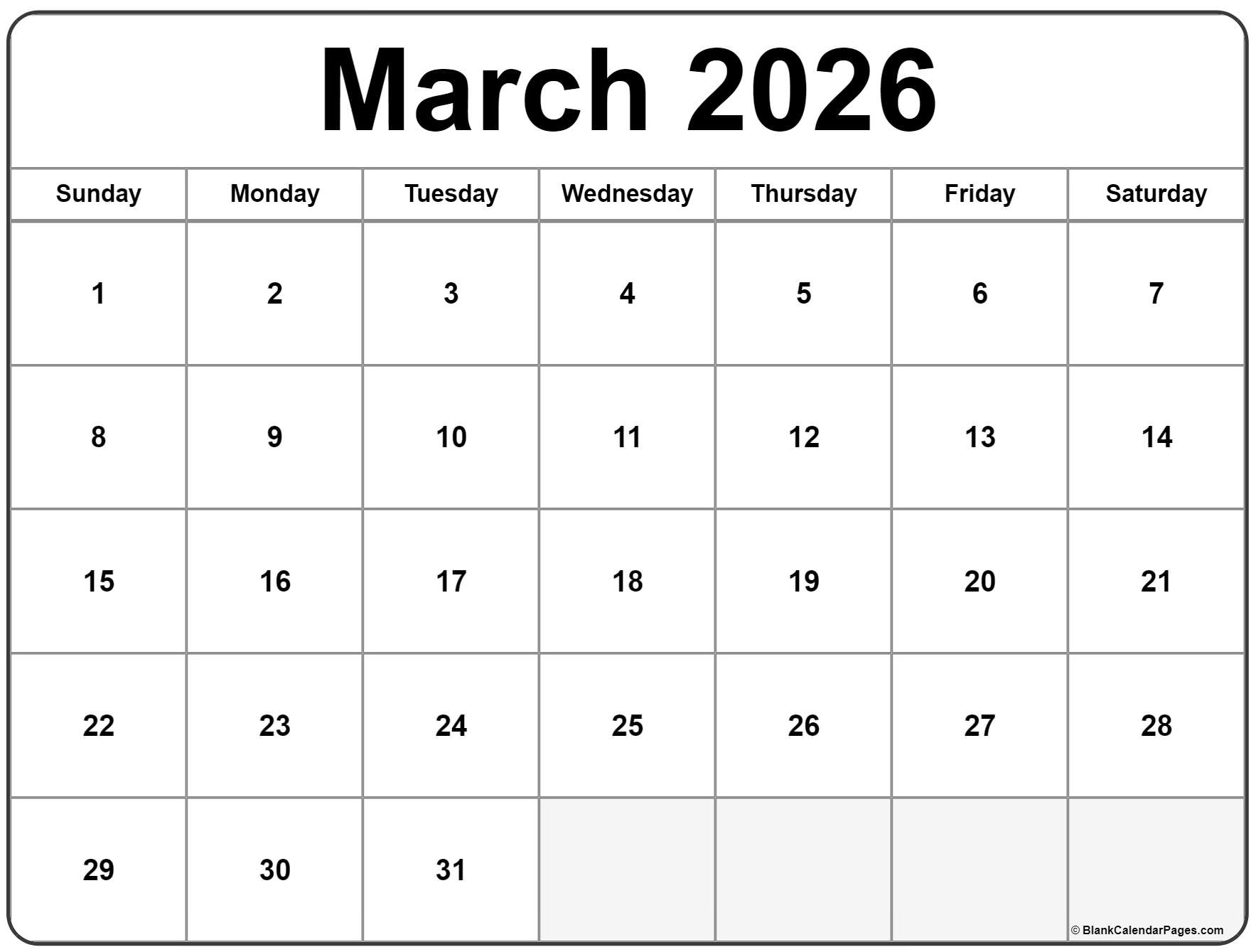
Introduction
2026 calendar march ka represents a significant subject within its field, encompassing a range of practices, traditions, or applications that shape daily life and broader cultural or professional landscapes. Understanding 2026 calendar march ka provides clarity about its background, its present relevance, and the way it continues to influence various aspects of society. The organization of time, particularly through calendars, forms the bedrock of human civilization, enabling coordination, foresight, and the systematic tracking of events. A specific month, such as March 2026, serves as a crucial unit for both micro and macro planning, impacting personal schedules, business operations, and the observance of global and local traditions. Its study reveals the intricate relationship between time, culture, and societal function, offering insights into how communities structure their existence and prepare for the future.
Definition and Origin of 2026 calendar march ka
A calendar is a system used to organize days for social, religious, commercial, or administrative purposes. This is done by giving names to periods of time, typically days, weeks, months, and years. The phrase "2026 calendar march ka" specifically refers to the calendar for the month of March in the year 2026. March is the third month of the year in the Julian and Gregorian calendars, following February and preceding April. It has 31 days. The term "ka" in this context is often associated with specific linguistic or regional search queries, implying a focus on the calendar of March 2026, emphasizing its practical utility and information content.
The origins of calendars are deeply rooted in humanity’s need to track natural cycles, primarily the phases of the moon and the position of the sun. Early civilizations developed lunar calendars, based on the cycles of the moon, and later solar calendars, which aligned with the Earth’s orbit around the sun. The Gregorian calendar, which is the most widely used civil calendar in the world today, was introduced in October 1582 by Pope Gregory XIII as a refinement of the Julian calendar. It is a solar calendar designed to keep the calendar year synchronized with the tropical year, ensuring that seasonal events like the equinoxes and solstices occur on approximately the same dates each year. March, in particular, derives its name from Mars, the Roman god of war, reflecting its historical significance as the beginning of the campaigning season in ancient Rome and the traditional start of the Roman new year before the adoption of January 1st. Thus, the 2026 calendar for March carries centuries of calendrical evolution and cultural naming conventions within its structure.
Importance of 2026 calendar march ka Today
The importance of the 2026 calendar for March extends across numerous facets of contemporary life, serving as an indispensable tool for organization, prediction, and cultural continuity. For individuals, it provides a framework for managing personal appointments, family events, and leisure activities. It allows for the scheduling of medical check-ups, social gatherings, and travel plans, ensuring that commitments are met and personal time is utilized effectively. Without such a structured approach to time, daily life would devolve into disarray, marked by missed opportunities and forgotten obligations.
In professional environments, the March 2026 calendar is critical for project management, deadline adherence, and meeting coordination. Businesses rely on it to plan product launches, marketing campaigns, and financial reporting cycles. Educational institutions use it to schedule academic terms, examination periods, and school holidays. Governments and public services utilize calendars for legislative sessions, public health initiatives, and the organization of civic events. Furthermore, the calendar facilitates the observance of national and international holidays, cultural festivals, and religious ceremonies. March often hosts significant observances such as Women’s History Month, St. Patrick’s Day, and various spring festivals in different cultures. The ability to anticipate these events, plan for them, and participate in them strengthens community bonds and preserves cultural heritage. Therefore, the detailed understanding of the 2026 calendar for March is not merely about knowing dates but about enabling societal function and cultural enrichment.
Benefits of 2026 calendar march ka
The benefits derived from effectively utilizing the 2026 calendar for March are extensive, impacting productivity, well-being, and social cohesion. One primary advantage is enhanced time management. By visually mapping out the month, individuals and organizations can allocate time efficiently, prioritize tasks, and avoid scheduling conflicts. This proactive approach reduces stress and fosters a sense of control over one’s schedule. It enables the setting of realistic goals and the tracking of progress, which is crucial for both personal development and professional success.
Another significant benefit is improved planning and foresight. Knowing the dates of public holidays, school breaks, or important deadlines in March 2026 allows for advance preparation. This could involve booking travel, arranging childcare, or preparing necessary documentation, preventing last-minute rushes and potential complications. For businesses, this foresight translates into optimized resource allocation, better inventory management, and strategic marketing efforts tailored to specific periods within the month. Culturally, the calendar ensures that traditions and celebrations are observed consistently, fostering a sense of identity and community. Participation in events like St. Patrick’s Day on March 17th, for example, is made possible through clear calendrical awareness. Moreover, a well-managed calendar promotes accountability, as deadlines and commitments are clearly visible and trackable. This clarity supports effective communication within teams and families, ensuring everyone is aligned on schedules and expectations. Ultimately, the systematic organization provided by the 2026 calendar for March contributes to greater efficiency, reduced anxiety, and a more harmonized existence.
Applications of 2026 calendar march ka
The applications of the 2026 calendar for March are diverse and pervasive, touching almost every aspect of organized human activity. On a personal level, individuals use it for daily scheduling: noting appointments, tracking birthdays, planning vacations, and managing household chores. It serves as a central repository for personal commitments, ensuring that important dates are not overlooked. For instance, knowing the specific days of the week for March 2026 (March 1st is a Sunday, March 31st is a Tuesday) aids in planning weekend getaways or weekday errands.
Professionally, the calendar is an indispensable tool. Businesses leverage it for project timelines, meeting schedules, budget cycles, and employee leave management. Marketing departments might plan campaigns around specific dates or themes within March, such as Women’s History Month or spring-related promotions. Educational institutions utilize it for academic calendars, outlining class schedules, exam periods, and registration deadlines. Researchers might mark key data collection phases or conference dates. In the public sector, governments use calendars for legislative sessions, public service announcements, and the scheduling of community events. Healthcare providers rely on it for patient appointments, surgery schedules, and staff rotations. Culturally, the March 2026 calendar facilitates the observance of religious festivals, national holidays, and community celebrations. For example, various cultural organizations will plan events throughout March to celebrate Women’s History Month, or communities will prepare for St. Patrick’s Day festivities. The calendar’s utility extends to global coordination, allowing international organizations to synchronize meetings and events across different time zones, making it a universal language for time-based planning.
Challenges and Future of 2026 calendar march ka
Despite its ubiquitous utility, the management of the 2026 calendar for March, like any calendrical system, presents certain challenges, while its future is poised for further technological integration. One significant challenge involves managing multiple calendars and overlapping commitments. Individuals and professionals often juggle personal, work, and family calendars, leading to potential conflicts and the need for sophisticated synchronization tools. Time zone differences also pose a challenge for global teams, requiring careful scheduling to accommodate participants across various regions. The sheer volume of information that can be added to a calendar can sometimes lead to cognitive overload, making it difficult to prioritize and focus. Furthermore, the reliance on digital calendars introduces concerns about data privacy, security, and the potential for technical glitches.
Looking ahead, the future of calendaring, including the 2026 calendar for March, is likely to be shaped by advancements in artificial intelligence and smart technology. AI-driven scheduling assistants could proactively suggest optimal meeting times, reschedule conflicts automatically, and even anticipate needs based on user behavior and external factors like traffic or weather. Integration with smart home devices and wearable technology could provide seamless reminders and contextual information, making time management even more intuitive. Personalized calendar experiences, tailored to individual preferences and work styles, are also on the horizon. The ongoing development of collaborative calendaring platforms will continue to enhance team coordination and project management, enabling more fluid and efficient workflows. While challenges such as digital fatigue and the ethical implications of AI-driven scheduling will need to be addressed, the trajectory points towards increasingly intelligent, integrated, and personalized calendrical tools that will further enhance our ability to navigate time effectively.
FAQs about 2026 calendar march ka
Q1: What is 2026 calendar march ka?
A1: "2026 calendar march ka" refers to the calendar for the month of March in the year 2026. It provides a structured overview of the days, weeks, and dates within that specific month, typically used for planning and scheduling purposes. March 2026 begins on a Sunday and ends on a Tuesday, comprising 31 days.
Q2: Why is 2026 calendar march ka important?
A2: It is important because it serves as a fundamental tool for organizing personal, professional, and cultural activities. It enables individuals and organizations to plan appointments, manage deadlines, coordinate events, and observe significant holidays or traditions, ensuring efficient time management and societal coordination.
Q3: What are the main benefits of 2026 calendar march ka?
A3: The main benefits include enhanced time management, improved planning and foresight, reduced stress through proactive scheduling, efficient resource allocation, and the consistent observance of cultural and social events. It fosters accountability and clarity in commitments.
Q4: How can 2026 calendar march ka be applied in daily life?
A4: It can be applied in daily life for scheduling personal appointments, managing work projects, planning educational activities, organizing social gatherings, and marking public holidays or cultural festivals. It helps in tracking commitments and ensuring timely completion of tasks.
Q5: What challenges are associated with 2026 calendar march ka?
A5: Challenges include managing multiple overlapping schedules, navigating time zone differences for global coordination, potential for information overload, and ensuring data privacy and security with digital calendars. Technical glitches can also pose issues.
Tips for 2026 calendar march ka
Effectively leveraging the 2026 calendar for March requires a strategic approach to maximize its benefits and mitigate potential challenges.
-
Understand the fundamentals. Familiarize oneself with the basic layout of the March 2026 calendar, noting the start and end days of the week, and identifying any public holidays or significant dates relevant to one’s region or profession. Knowing that March 1, 2026, is a Sunday and March 31st is a Tuesday provides an immediate framework for weekly planning.
-
Focus on practical use. Integrate the calendar into daily routines. Use it to schedule all commitments, from work meetings and project deadlines to personal appointments and family events. This holistic approach ensures that no aspect of life is overlooked and helps in maintaining a balanced schedule. Digital calendars can be synchronized across devices for ubiquitous access.
-
Stay updated on new trends or research. While a calendar month is a fixed entity, the tools and methodologies for managing it evolve. Explore new calendaring software, AI-powered scheduling assistants, or productivity techniques that can enhance efficiency. Keeping abreast of these advancements can streamline planning processes.
-
Avoid common mistakes. A frequent error is over-scheduling, leading to burnout and missed deadlines. Practice realistic time allocation, leaving buffer time between appointments. Another mistake is not regularly reviewing the calendar; consistent checks prevent surprises and allow for timely adjustments. Neglecting to synchronize multiple calendars can also lead to conflicts.
-
Adopt a long-term approach. While focusing on March 2026, consider how this month fits into broader annual or multi-year plans. Use the March calendar as a building block for larger goals, whether personal development, career milestones, or organizational objectives. This perspective transforms monthly planning into a component of a larger strategic vision.
Conclusion about 2026 calendar march ka
The 2026 calendar for March, while seemingly a simple organizational tool, embodies the intricate relationship between human endeavor and the passage of time. Its continuing importance is undeniable, serving as a critical framework for personal organization, professional productivity, and cultural preservation. From enabling individuals to manage their daily lives with precision to allowing global enterprises to coordinate complex projects, the calendar’s utility is profound and far-reaching. It reinforces cultural and personal significance by providing a structure for observing traditions, celebrating milestones, and anticipating future events. While challenges such as managing digital overload and navigating complex scheduling scenarios exist, the inherent benefits of a well-utilized calendar far outweigh these difficulties. As technology advances, the evolution of calendaring tools promises even greater integration and intelligence, ensuring that the 2026 calendar for March, and calendars in general, remain a central element of progress and relevance, guiding human activity and fostering a more organized and interconnected world into the future.
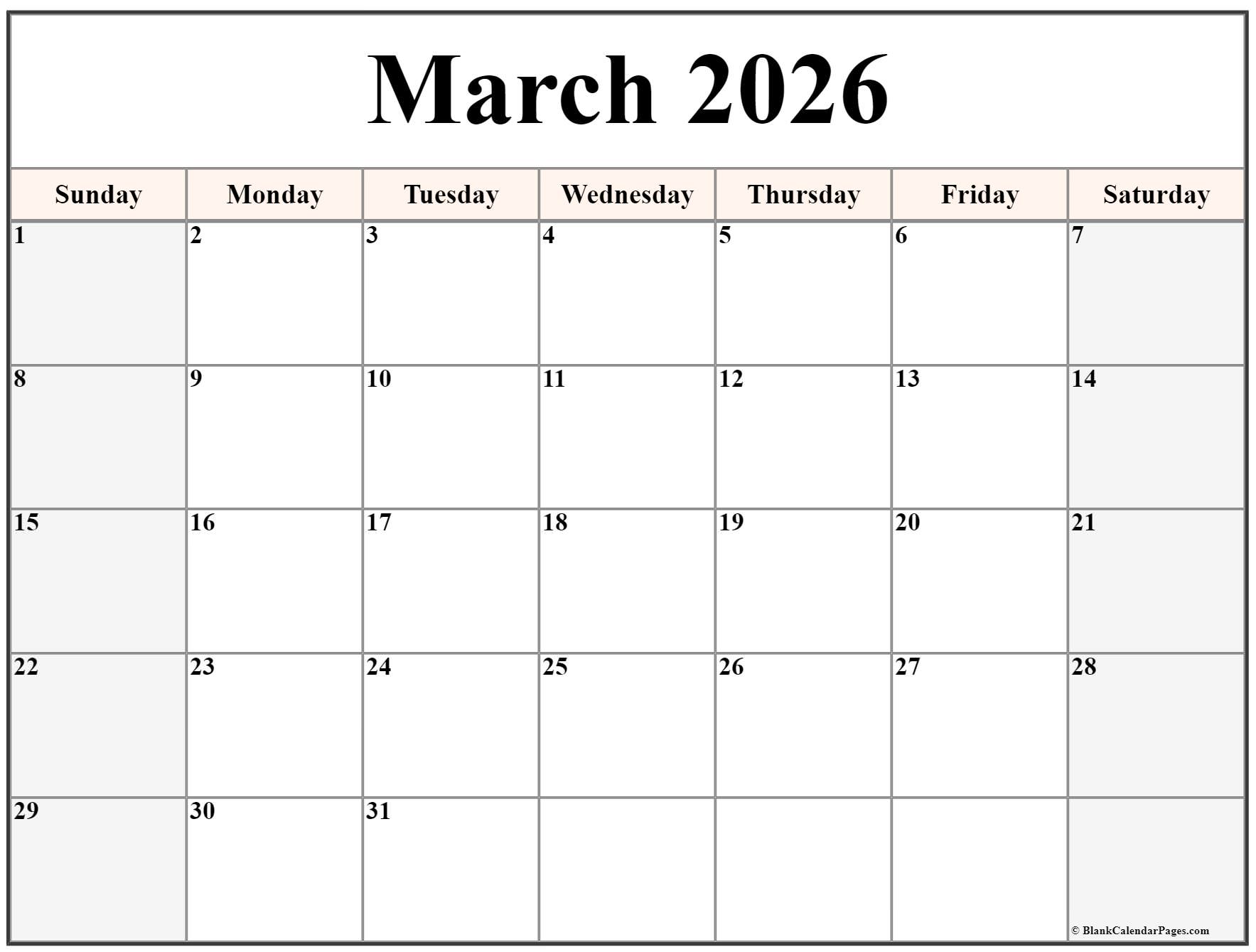


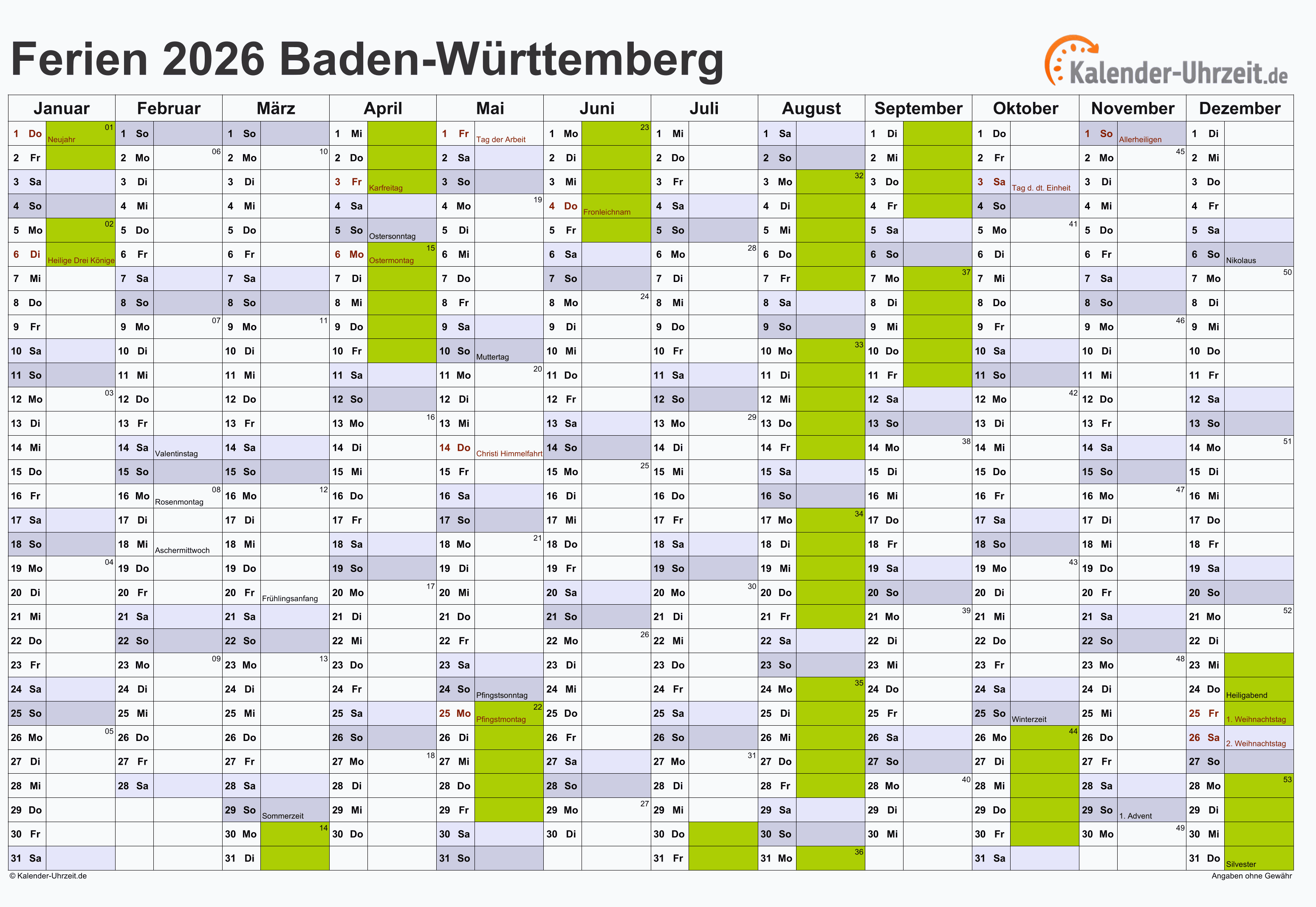
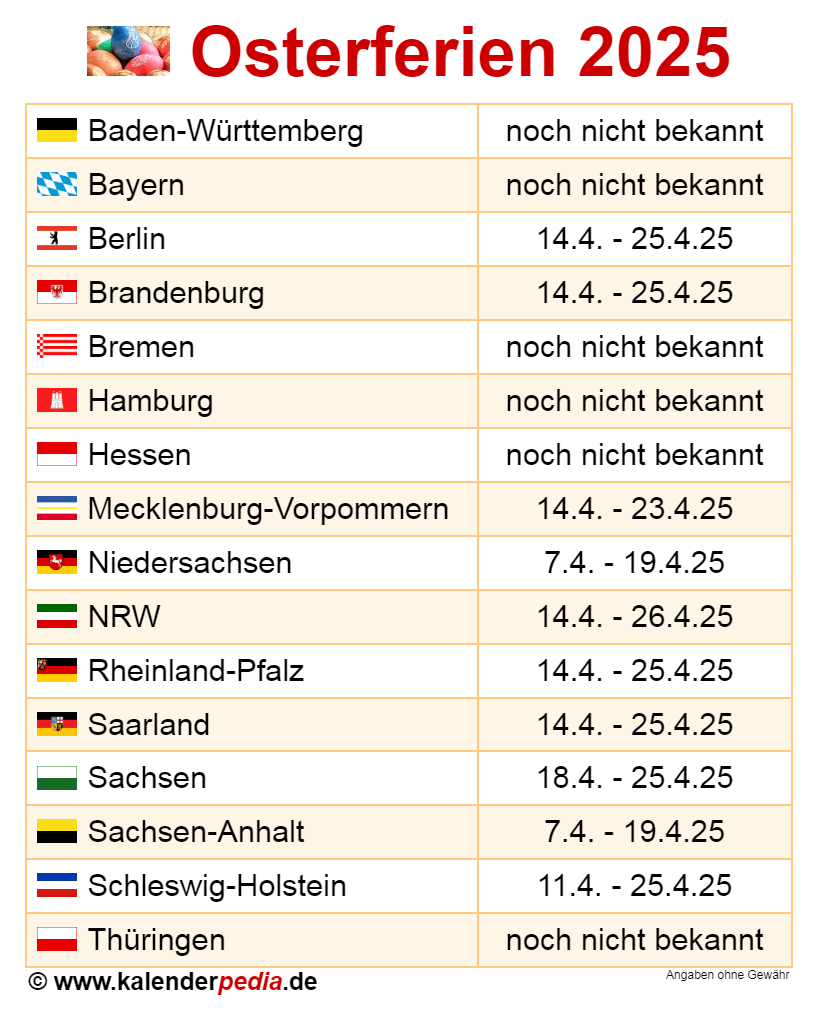

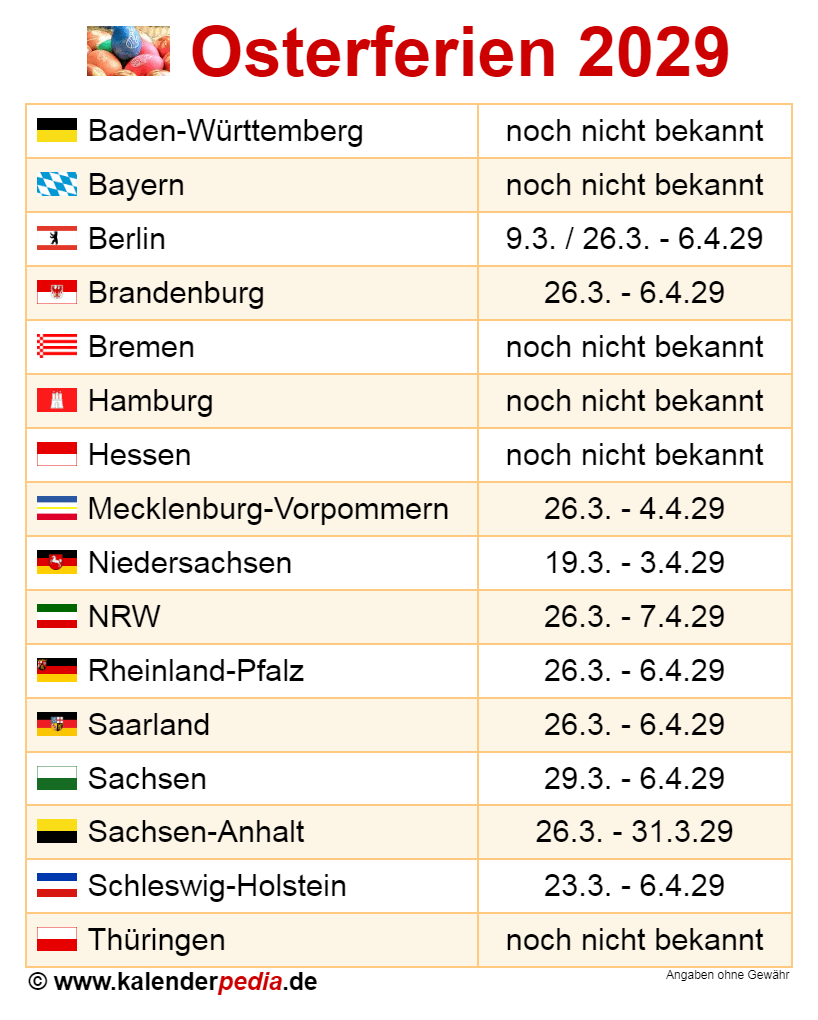
Leave a Reply